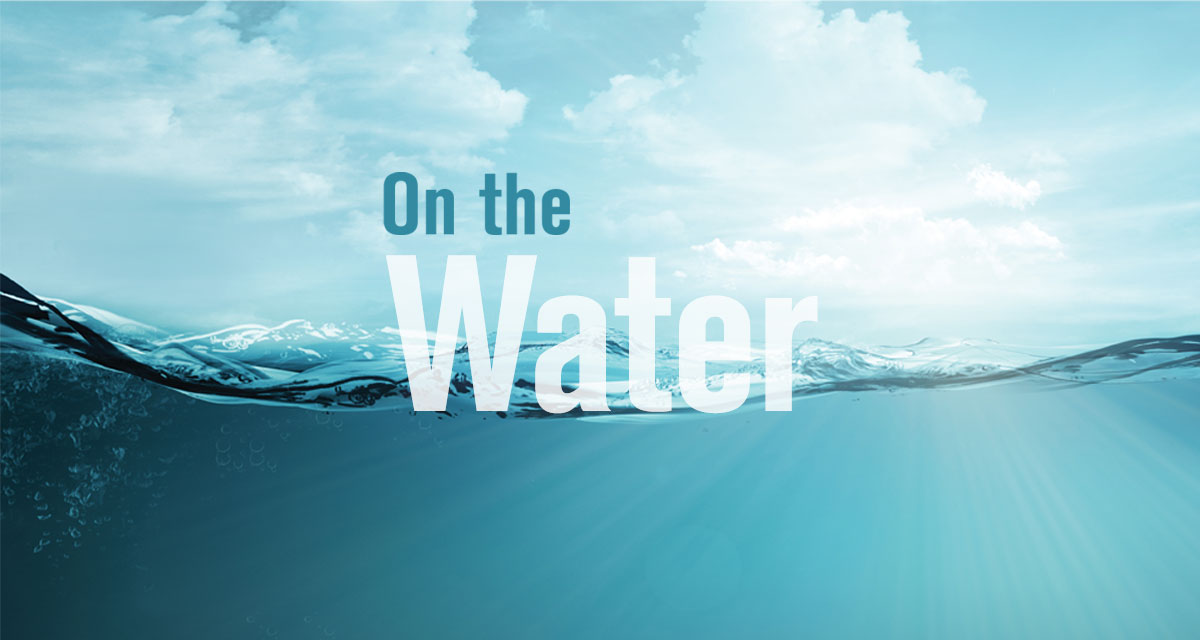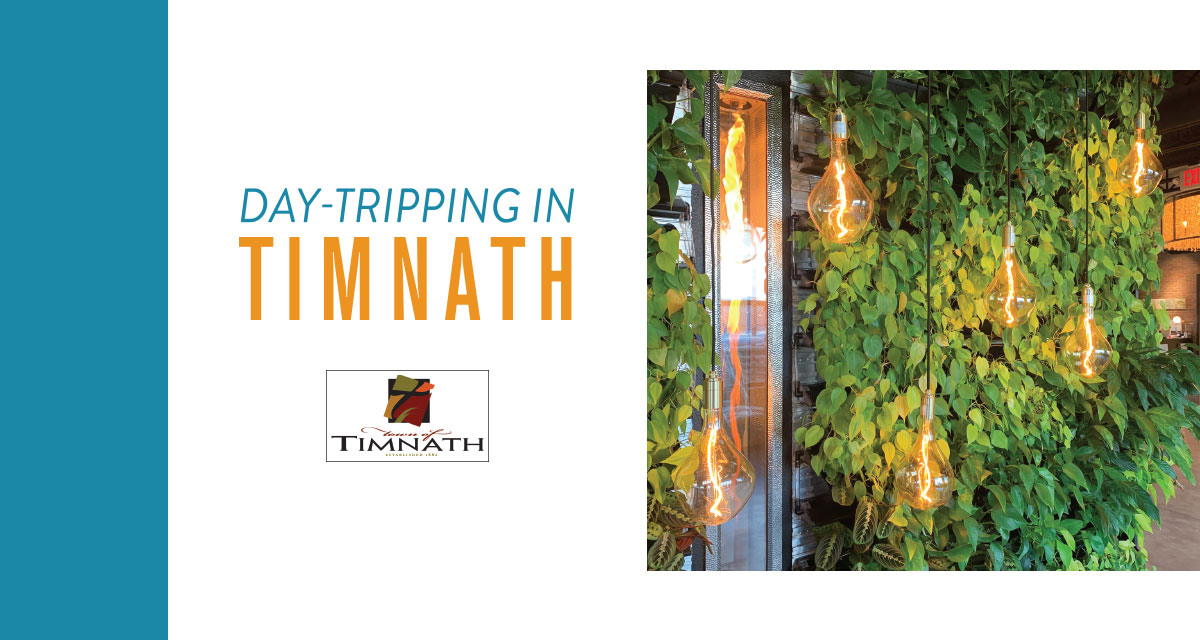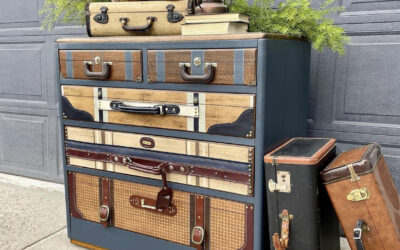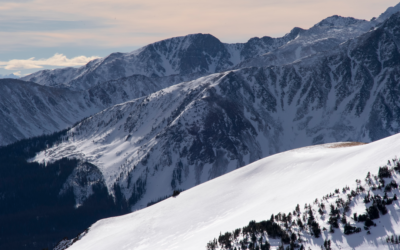THERE’S FUN TO BE HAD ON NOCO’S WATERS, BUT USE SOME CAUTION.
Jack Hillinger moved to Denver last June. He’s from Chicago. It didn’t take long for him to miss what he calls the lake life. Midwestern residents feel the same way about the huge lakes that surround their hom es that we Coloradans feel about the mountains. He viewed paddleboarding as a way to enjoy that lake life, as long as someone else owned the crafts. He didn’t want to mess with the trouble of storing it or caring for them. But as his pandemic-fueled homesickness swept over him, he bought a couple of inflatable paddleboards. That solved the storing problem and got him back on the water. He felt home again. This year, in mid-April, he was back on the water at Horsetooth Reservoir. “It was maybe a little earlier than most to get on the water,” Hillinger says. “But it was a great time. I just love being out there on my board. Now I’m trying to figure out how to get more involved with it.” As it turns out, Colorado has its fair share of fun in the water, even if it’s different than Midwestern traditions: Our float trips aren’t on lazy, warm rivers. We also raft on rapids, and, increasingly, we paddleboard, whether we are from Chicago or not. Regardless of our favorite activity, we are doing more of it, in large part because of the pandemic. The outdoors are safe—even the Centers for Disease Control said the outdoors is much safer than the indoors in terms of COVID-19—and help scratch our itch to get out after staying at home. Any outdoors activity saw a significant increase last year, from camping to hiking to fishing, and water sports were no exception. “We saw unprecedented outdoor recreation this year,” says Reghan Cloudman, spokeswoman for the U.S. Forest Service region that includes the Poudre Canyon and areas in Loveland, Fort Collins and Greeley. That will continue this year, even if most receive their vaccinations by the beginning of summer and guidelines stay loose, Cloudman says. “It brought people to the forest that have never been there before,” she says. “People now realize what’s in their backyard.”
es that we Coloradans feel about the mountains. He viewed paddleboarding as a way to enjoy that lake life, as long as someone else owned the crafts. He didn’t want to mess with the trouble of storing it or caring for them. But as his pandemic-fueled homesickness swept over him, he bought a couple of inflatable paddleboards. That solved the storing problem and got him back on the water. He felt home again. This year, in mid-April, he was back on the water at Horsetooth Reservoir. “It was maybe a little earlier than most to get on the water,” Hillinger says. “But it was a great time. I just love being out there on my board. Now I’m trying to figure out how to get more involved with it.” As it turns out, Colorado has its fair share of fun in the water, even if it’s different than Midwestern traditions: Our float trips aren’t on lazy, warm rivers. We also raft on rapids, and, increasingly, we paddleboard, whether we are from Chicago or not. Regardless of our favorite activity, we are doing more of it, in large part because of the pandemic. The outdoors are safe—even the Centers for Disease Control said the outdoors is much safer than the indoors in terms of COVID-19—and help scratch our itch to get out after staying at home. Any outdoors activity saw a significant increase last year, from camping to hiking to fishing, and water sports were no exception. “We saw unprecedented outdoor recreation this year,” says Reghan Cloudman, spokeswoman for the U.S. Forest Service region that includes the Poudre Canyon and areas in Loveland, Fort Collins and Greeley. That will continue this year, even if most receive their vaccinations by the beginning of summer and guidelines stay loose, Cloudman says. “It brought people to the forest that have never been there before,” she says. “People now realize what’s in their backyard.”

Paddleboarding
You can enjoy paddleboarding with someone else, but even then, it’s a socially distanced sport, and that may have led to the increase in popularity, says Grant Brown, boating safety program manager with Colorado Parks and Wildlife (CPW). “They’re doing what we’ve asked them to do in terms of staying apart from each other,” Brown says, “and that leads to more solitary pursuits like paddling.” But there are other reasons more are turning to paddlingboarding as a way to get on the water. It’s easy to pick up, even for beginners, and relatively inexpensive, as companies line the shores at Horsetooth offering rentals. They also cost much less than a boat if you want to buy. Plus, it’s a good workout. “It’s a blast,” Brown says. “I just bought a couple myself, actually. I was a naysayer until I got one.” Even so, CPW just released a campaign to convince paddlers to wear lifejackets on the water or at least ensure they are readily available, Brown says. Even the calm lakes in Colorado have trouble lurking under the surface: The water in Colorado is cold. Many times, it’s shockingly cold, which can lead to trouble. “Just because it’s an 85-degree day,” Brown says, “that doesn’t mean the water isn’t freezing.” Falling in, an easy thing to do on a paddleboard, can invoke an involuntary gasp, a reflex that can cause a paddler or boater to fill their lungs with water. Cold water can also immobilize your limbs and fingers in just a couple minutes, and boats can float away. More people than ever have fallen off their boards and drowned, according to information provided by the CPW. In all those cases, paddleboarders weren’t wearing lifejackets. “I was on a patrol recently in Boulder,” Brown says, “and not only did many paddlers not have their lifejackets on, they didn’t even own them. Especially in Colorado, anything under 70 is considered cold water, and that’s the majority of our lakes year round. Some will get to 73 degrees, but for the most part, you’re going to be in cold water. Then, you can’t even manipulate a lifejacket, and holding on to the boat, well, you can only hold on for so long.”
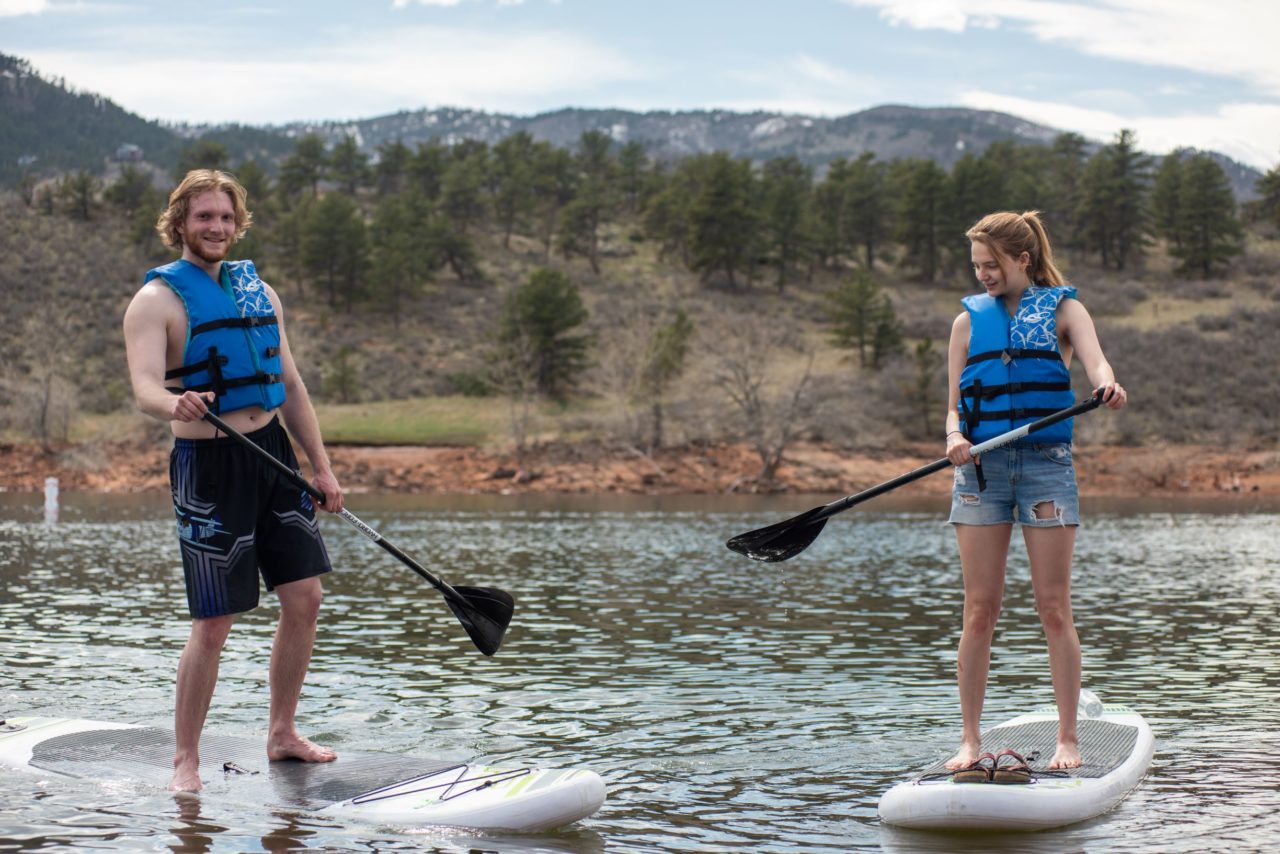
This year the Poudre River flow should be average, and that sounds wonderful to outfitters who take people rafting down it. “We have lots of reasons for optimism,” says Kyle Johnson, co-owner of Rocky Mountain Adventures in Fort Collins. “It’s not a banner year, but a historically normal year, which we are happy about.” Last year, after all, was anything but a normal year, for reasons other than the river. Concerns about COVID-19 left many rafts empty last summer, and even when people went, outfitters had to work at 50 percent capacity, both in the rafts and on their buses. Numbers were down by 100,000 paying customers across the state. “We’re anticipating a lot of pent-up demand,” says Dave Costlow, a former outfitter in Fort Collins who now works as spokesman for the Colorado River Outfitter Association. “Bookings are running ahead of expectations all across the state.” That means a lot of families rafting, perhaps more than normal, and families prefer water that’s, well, average. “In some ways, average is good,” Costlow says. “Not too high or too low. I love average. As long as it isn’t a drought, I’m happy.”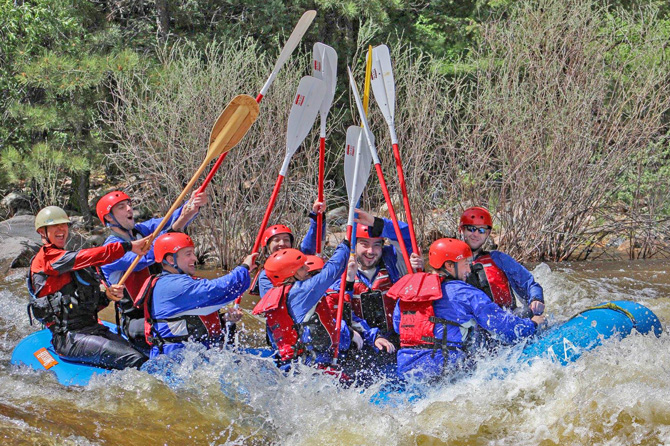
The Poudre’s snowpack is one of the best, if not THE best, in the state this year, Johnson says, and at the very least, the drought conditions that have plagued other parts of the state, at least in terms of the river, shouldn’t be an issue here, as long as the rain falls occasionally. “It’s tough this time of year to know,” Johnson says, “but we should have a nice medium flow that will last throughout the year.” There are concerns that burn scars from last year’s historic fire in the canyon will run into the Poudre. If there’s a heavy rain, debris and even large trees could make the river dangerous. “We’re very curious of what this runoff will look like,” says Megan Maiolo-Heath, spokeswoman with the Coalition for the Poudre River Watershed. “My husband is a hydrologist, and he helps manage the water quality, and he’s seen ash along the banks of the river. We are fully expecting it to turn black.” Discoloration, however, doesn’t mean the river is dangerous, and Johnson said this fire was much farther from the river than the High Park Fire in 2012 that turned the river murky and yellow at times. “We do think we will see some discoloration,” Johnson says, “but the fire shouldn’t have any meaningful affect on the sections we raft at all. We are open for business.”

Maiolo-Heath went with her husband for what she thought would be a nice float trip on a Sunday afternoon in the Filter Plant section of the Poudre River. They are trained rafting guides, and though they don’t do that any longer, they still get out for dates on a raging river or for family float time with their toddler. They spotted a guy upstream go in the water from his tube, a mile from the takeout at Picnic Rock, and they watched as he began to fight against the current, without a lifejacket. Suddenly their training kicked in again. They knew he would get cold and exert whatever energy the freezing water spared him. They pulled the boat off the river and grabbed their throw bag, a pouch with a rope, and a cell phone. He parked the boat, and she ran up a hill and found a bar of service. She’s never been able to find service in the canyon since. Then they threw the rope, a perfect shot, and the guy, with his last gasp, grabbed the rope. By the time they got to him, he was underwater. “I’ve seen a lot of crazy stuff as a guide, but that was…that was bad,” Maiolo-Heath recalls. “My opinion on tubing was already really low, and after that…”She knows that makes her sound like a “crotchety old grandma,” but she says that because most tubers don’t have the correct respect for the Poudre. “You get a lot of Midwesterners who move here, and they think this is the lazy float trips they take back home, which are totally safe. They don’t realize the difference of the characteristics in our rivers. They are rocky and shallow and cold.” She doesn’t mind tubers, but she DOES mind the ones who don’t wear a lifejacket. “I’ve told many people. They are probably annoyed with me. I tell so many, ‘Please wear a lifejacket.’” Brown says tubing, in terms of accidents and deaths, is just as dangerous as rafting, mostly because of how unprepared most are for something to go wrong. “They hit a rapid,” says Brown, “and all they have is that inner tube. They think the tube IS their life jacket. I’m sure it’s a blast. But there’s a lot of early season issues, when the current is strong, and the Poudre is its own animal. Those Walmart tubes aren’t built for it.”

Jerry Nava, 46, of Evans was out at Horsetooth in mid-April. He and his wife, Malissa, 41, thought about buying a boat last year in the throes of the pandemic, but they bought paddleboards instead. They’d enjoyed paddleboarding for a few years, by renting them. They were introduced to the sport after a drive up to Horsetooth, where they saw two guys out on the water. Hmm, they thought. “What’s that?” They rented a pair and loved it. Now, they try to get up there at least twice a month. They also enjoy soccer, but last year, the pandemic put a stop to that. “We love to be on the water,” he says. “This year, we will go back to soccer, but we still will go out paddleboarding.”


